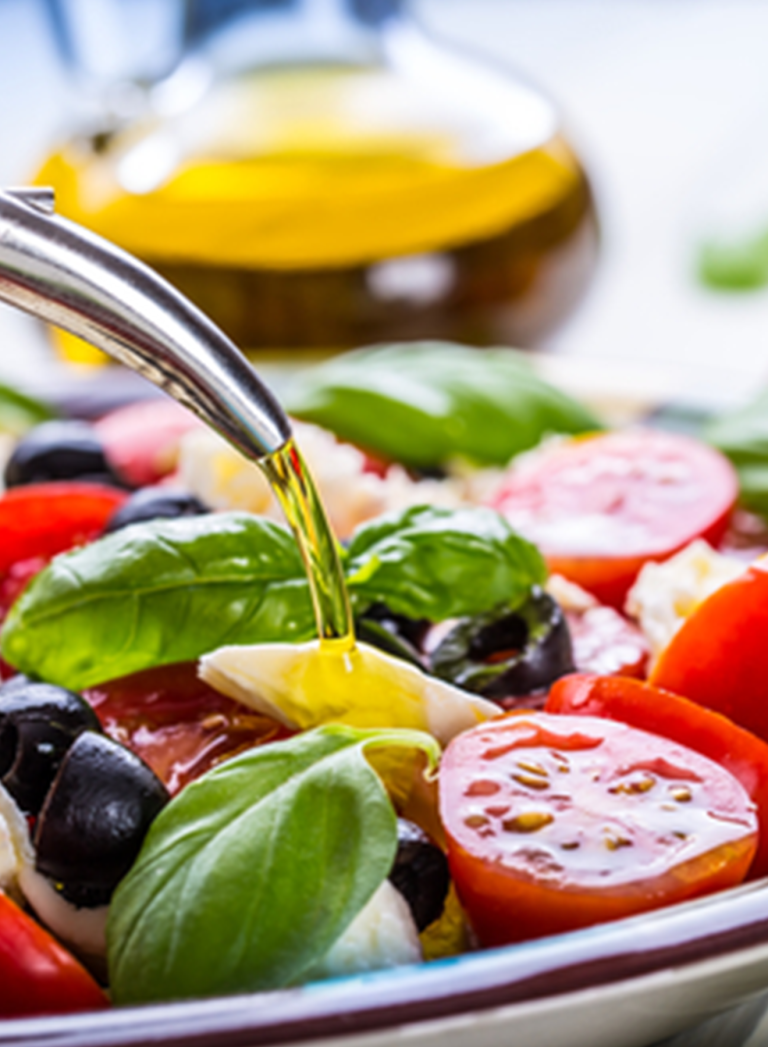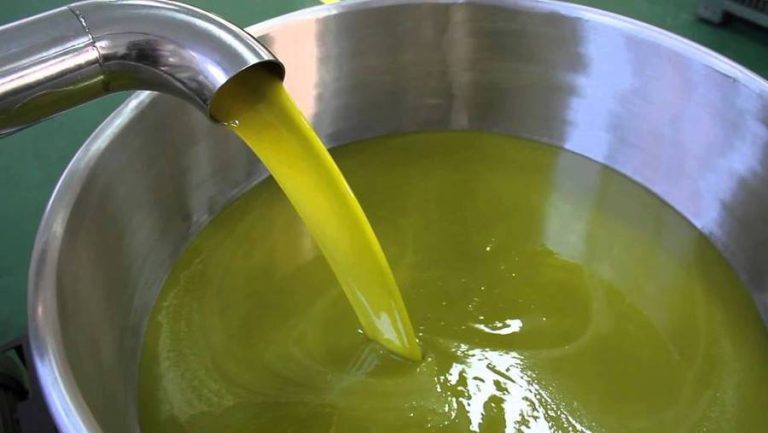
The Differences in Olive Oil: Between Tuscany and Lazio
- Post author:Guest-admin
- Post published:April 7, 2025
- Post category:Approfondimenti EN
- Post comments:0 Comments
Extra virgin olive oil is one of the most precious elements of Italian culinary heritage, and the differences between Tuscan and Lazio olive oil highlight its richness and variety. The distinctive characteristics of these oils are not limited solely to taste; they are rooted in the history, climate, and production techniques that have evolved over time in each region.
In Tuscany, the olive-growing tradition is deeply intertwined with the hilly landscape and the Mediterranean climate, which favor the cultivation of indigenous varieties such as Frantoio, Leccino, and Moraiolo. These cultivars, thanks to optimal environmental conditions and careful selection passed down through generations, impart a bold and complex character to the oil. The result is an oil distinguished by intense fruity notes, accompanied by herbaceous hints and a pungent bitterness that accentuates its aftertaste. This robust and well-structured organoleptic profile makes it a perfect companion for rich, rustic dishes, where the pronounced flavor of the oil becomes a fundamental element of the culinary experience.
In Lazio, the situation is equally fascinating but unfolds along a different path. The region’s varied geography, characterized by a greater temperature range and continental influences, leads to the production of extra virgin olive oil that tends to be more delicate and subtle. The varieties grown, which also include Moraiolo in combination with other cultivars typical of the area, produce an oil with a balanced and harmonious taste. The lightness of its organoleptic profile—with less intense fruity notes and a milder aftertaste—makes it ideal for enhancing dishes prepared in a more refined and innovative style, without abandoning tradition. This versatility enables Lazio oil to seamlessly adapt to both traditional and contemporary cuisine, offering a sensory experience that is different yet equally valuable.
The fundamental difference between the two oils lies in the terroir and the specific processing techniques adopted in each area. In Tuscany, the meticulous care and attention given to the quality of the olives result in an intensely aromatic and structured product, capable of underlining the bold character of traditional dishes. In Lazio, on the other hand, production aims to emphasize the delicacy and refinement of flavor, reflecting a more subtle and versatile vision of taste. Despite these differences, both productions represent the excellence of Italian extra virgin olive oil and testify to a culture that has made olive oil a symbol of tradition, innovation, and passion for the land.
These unique characteristics offer consumers a diverse range of culinary experiences, where every drop tells the story of a territory and a millennial culture. The enhancement of extra virgin olive oil, whether Tuscan or from Lazio, continues to be a central element in promoting the quality and authenticity of Italian cuisine, inviting those who savor it to rediscover the profound connection between nature, tradition, and innovation.






